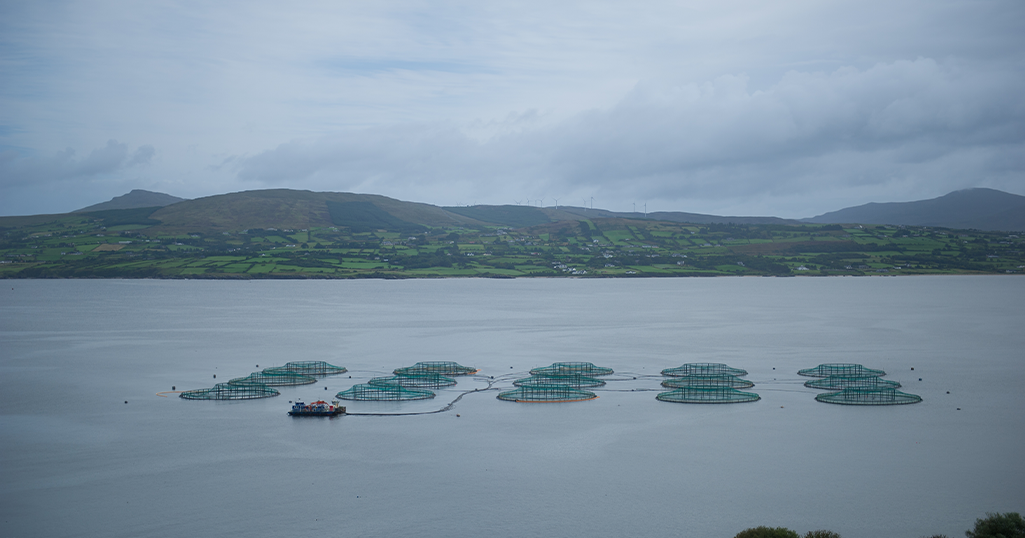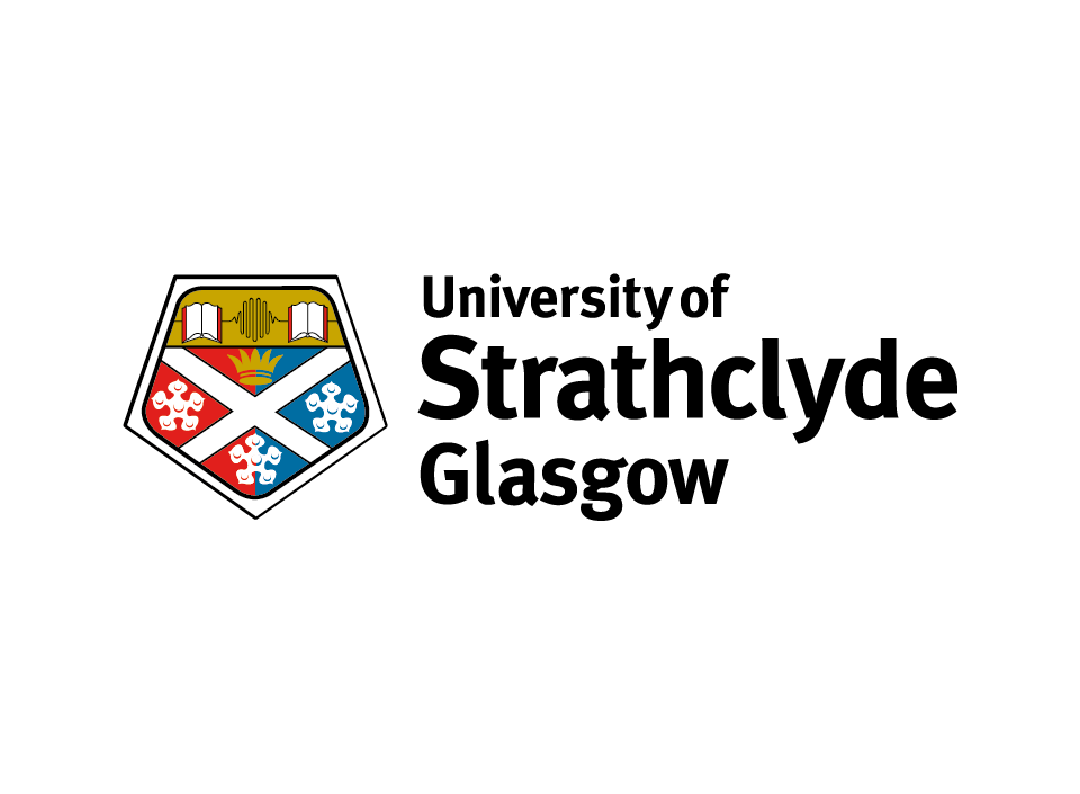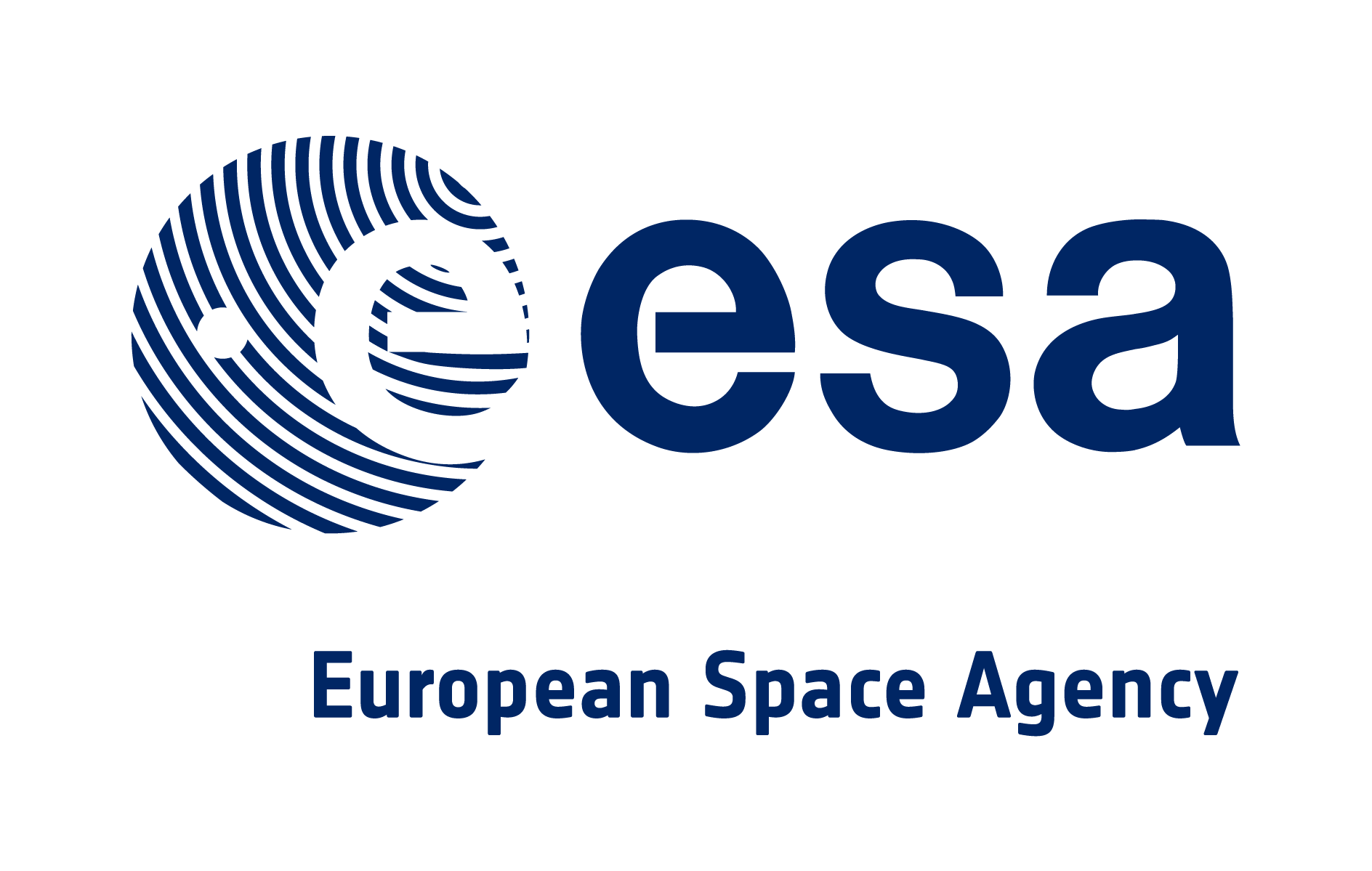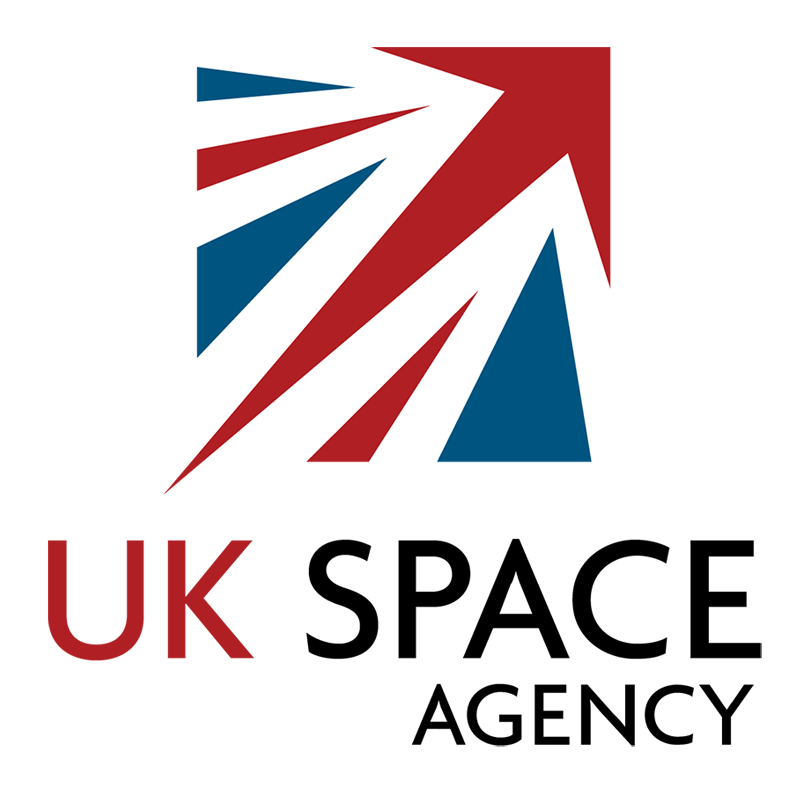Climate change is leading to unprecedented increases in water temperature, with sea surface temperatures for both April and May reaching the highest on record for those calendar since records began in 1850. Global warming and the environmental phenomenon known as El Niño are to blame, as well as a lack of dust from the Sahara which generally has a cooling effect.
While fish farmers would not be operating in waters as warm as the record temperatures mentioned above, elevated water temperature even a long distance away can impact on fish health and growth, and it’s important that farmers are aware of any spikes in temperature. The integration of digital technologies presents a promising solution to monitor and respond to the impacts of warming waters in aquaculture.
By harnessing digital capabilities (such as sensors), enabled by combined satellite and cellular connectivity provided by Krucial Connected Seafarm, aquaculture operations can enhance their resilience, optimize resource management, and reduce risks to fish populations.
- Real-Time Environmental Monitoring for Aquaculture: Implementing digital technologies, such as sensors, enables continuous, real-time monitoring of crucial environmental parameters in aquaculture, including water temperature, dissolved oxygen levels, pH, and other water quality indicators. By closely monitoring these parameters, aquaculture operators can quickly identify temperature fluctuations and proactively respond to mitigate potential risks.
- Early Warning Systems for Aquaculture Operations: Leverage early warning systems, which use sensors to monitor environmental conditions, to receive instant alerts about critical changes in water temperature. By setting thresholds and promptly receiving notifications, aquaculture operators can take swift action to implement appropriate mitigation measures. These measures may include aerating water, deploying cooling systems, or relocating fish to more suitable areas within the farm.
- Adaptive Feeding and Nutrition Management for Fish: Warming waters can disrupt fish metabolism and feeding patterns. Integrated feeding systems collect real-time data on fish behavior, feeding rates, and consumption patterns. By analysing this information, aquaculture operators can optimize feeding schedules, adjust nutrient compositions, and ensure fish receive adequate nutrition even in changing thermal conditions. This reduces the risk of malnutrition, enhances fish health, and supports growth rates.
- Data-Driven Decision Making for Aquaculture Optimisation: Harness the power of digital platforms to collect vast amounts of data for insightful analysis. By utilising advanced analytics and machine learning algorithms, aquaculture operators can gain a deeper understanding of the relationship between water temperature, fish behavior, and growth performance. This empowers informed decision-making, enabling adjustments to farming practices, stock management, and infrastructure planning to minimise risks associated with warming waters.
Climate change is affecting industries of all kinds and aquaculture is no different. By leveraging IIoT capabilities, aquaculture operators can enhance operational resilience, optimize resource utilisation, and reduce risks to fish populations in the face of warming waters. Find out more about Krucial’s solution, the Krucial Connected Seafarm, here.









